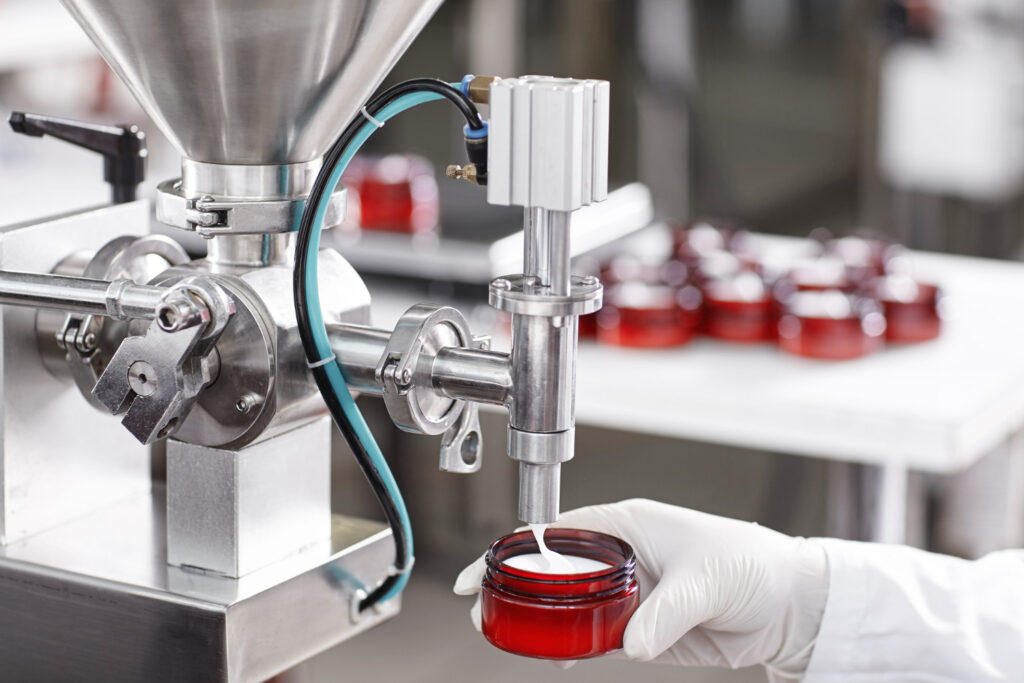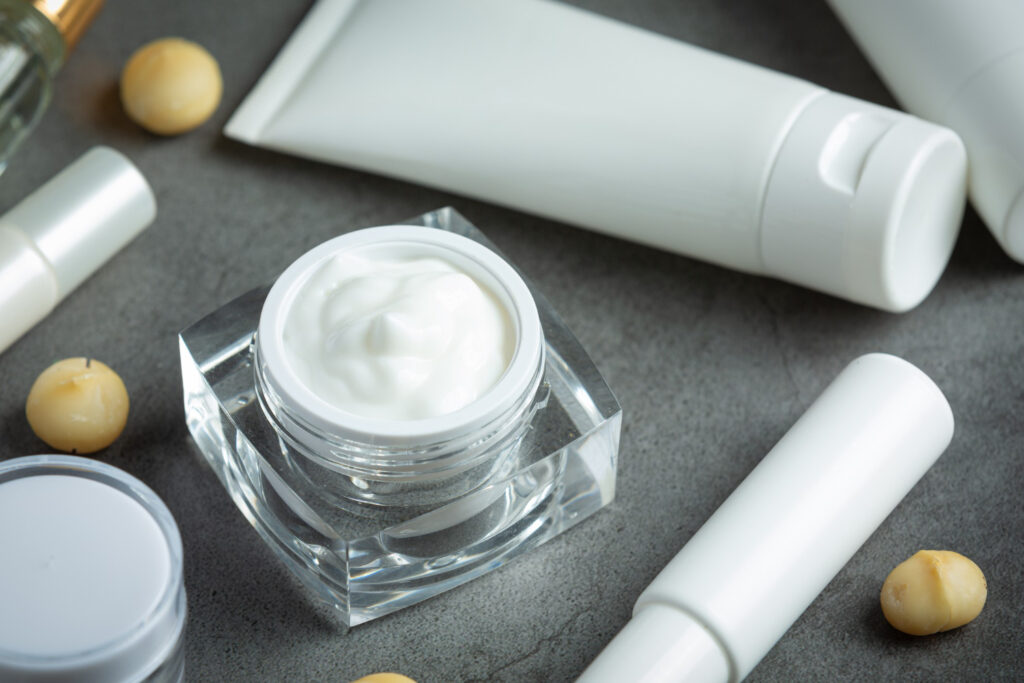
GMP Compliance in Cosmetics: Why It’s More Important Than Ever 🌿✨
Hey there, beauty lovers! 💄 Ever wondered what goes on behind the scenes to make sure your favorite cosmetics are safe, high-quality, and free from harmful surprises? That’s where Good Manufacturing Practices (GMP) come in!
From luxurious moisturizers to everyday cleansers, GMP compliance ensures that cosmetic products are made under strict quality control measures. But with new regulations shaking up the industry, things are changing fast. Let’s break it all down in a way that’s easy to understand—and why it matters for you!

1.GMP in Cosmetics: What’s the Big Deal? 🚨
Think of GMP as a rulebook for making safe and effective beauty products. These guidelines cover everything from ingredient sourcing to packaging, ensuring that what you apply to your skin is free from contamination and meets high-quality standards.
Why is this so crucial? Because nobody wants to deal with product recalls, allergic reactions, or harmful chemicals in their skincare! With growing consumer awareness and stricter regulations, GMP compliance is no longer optional—it’s a necessity.

2. A Quick History Lesson on GMP in Cosmetics 📜
Where It All Began
GMP originally started in food and pharmaceuticals—two industries where safety is non-negotiable. But as the beauty world expanded and concerns about misbranding and contamination increased, regulatory agencies stepped in to apply these standards to cosmetics, too.
The Game-Changer: MoCRA 2022 🏛️
One of the biggest shifts in cosmetic regulation happened in 2022 with the Modernization of Cosmetics Regulation Act (MoCRA). This law requires the FDA to set formal GMP regulations for cosmetics—a huge step in aligning beauty industry standards with food and pharmaceuticals.
- 🗓️ By December 29, 2024, the FDA must publish its GMP regulations.
- 🏭 Companies will need to comply by December 29, 2025 or face serious consequences.
What’s Happening in the EU? 🇪🇺
While the U.S. is catching up, Europe has been ahead of the game. The EU Regulation (EC) No 1223/2009 sets strict safety and GMP standards to ensure cosmetic products are safe before they hit the market.
Bottom line? GMP is no longer just a “nice-to-have” in beauty—it’s mandatory across the globe! 🌍

3. What Goes Into GMP Compliance? 🔬
Let’s break down the 10 key principles of GMP that keep your beauty products safe:
1️⃣ Standard Operating Procedures (SOPs) – Every process, from mixing ingredients to packaging, must be clearly documented. No guesswork allowed! 📝
2️⃣ Quality Management Systems (QMS) – Brands must implement strict policies to ensure consistency and safety across batches.
3️⃣ Raw Material Control – Every ingredient must be tested, traced, and verified before use. Goodbye, shady suppliers!
4️⃣ Production & Equipment Standards – Clean, well-maintained factories reduce the risk of contamination. No expired ingredients here! 🏭
5️⃣ Packaging & Labeling Accuracy – Ever picked up a product that claimed to be “paraben-free” but wasn’t? GMP ensures correct labeling.
6️⃣ Employee Training & Hygiene – Factory workers handling your skincare products need to follow strict hygiene practices (think gloves, masks, and regular training).
7️⃣ Batch Tracking & Documentation – If a product recall is needed, companies should be able to trace exactly which batch was affected.
8️⃣ Consumer Safety & Risk Management – GMP requires brands to conduct safety tests before products are released.
9️⃣ Regular Audits & Inspections – Companies must self-check for compliance and be prepared for third-party audits.
🔟 Continuous Improvement – Regulations change, and GMP must evolve with new safety standards and technology.

4.Why Non-Compliance is a Nightmare 🚨
Ignoring GMP guidelines isn’t just bad business—it can lead to:
❌ Massive Product Recalls – Imagine an entire skincare line getting pulled from stores because of contamination. Yikes! 😬
❌ Financial Penalties & Lawsuits – Brands can face huge fines and legal action if their products are found unsafe.
❌ Destroyed Brand Reputation – One scandal can ruin a company’s image. Consumers won’t forget a safety scandal easily!
❌ Loss of Market Access – Some countries won’t allow products that don’t meet strict regulatory standards.
Translation? No GMP = No business!
5. Future Trends: What’s Next for GMP in Beauty? 🔮
With regulations evolving, the future of GMP compliance is getting even stricter. Here’s what to expect:
🚀 AI & Blockchain for Ingredient Tracking – Say goodbye to shady sourcing! Tech will make supply chains more transparent than ever.
🌿 Sustainability & GMP Go Hand-in-Hand – Clean beauty brands will prioritize eco-friendly ingredients while maintaining strict safety standards.
📊 Data-Driven Compliance – Digital systems will allow companies to monitor safety metrics in real time.
👩⚕️ Consumer Trust Becomes Everything – Brands that focus on transparency and GMP compliance will dominate the market.
6. What It Means for YOU as a Consumer 👀
GMP compliance isn’t just industry talk—it directly impacts what we buy and use on our skin!
✅ Safer Beauty Products – No more worries about contamination or mislabeled formulas.
✅ More Transparency – Brands must be clearer about ingredients and sourcing.
✅ Stronger Consumer Rights – If a product is unsafe, regulations will hold brands accountable.
So, next time you grab that fancy serum or lipstick, check if the brand is GMP-certified. Your skin deserves the best! ✨

Over to You! 💬
Do you check for GMP compliance when buying beauty products? Have you ever experienced a product recall or noticed misleading labeling? Drop a comment below and let’s chat!
As beauty lovers, we deserve products that are safe, high-quality, and ethically made. Thanks to GMP regulations, we’re getting closer to that reality! 💖🌿

© beautilab 2024. All Rights reserved.